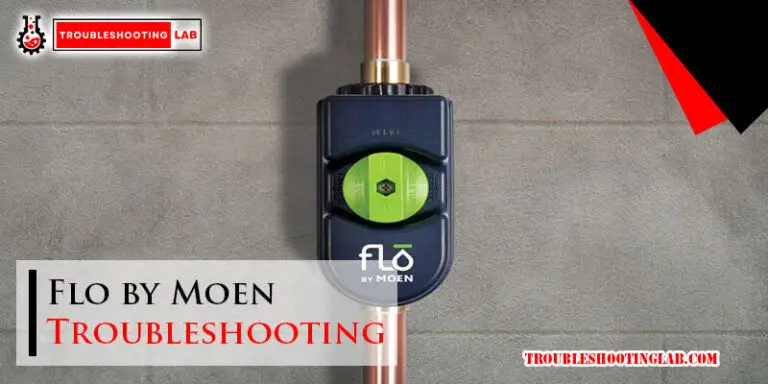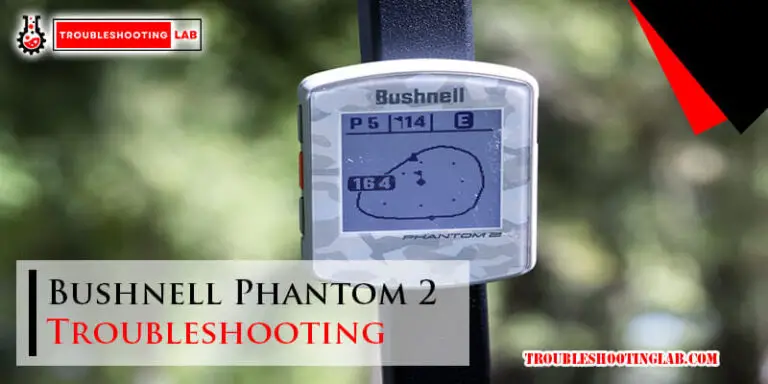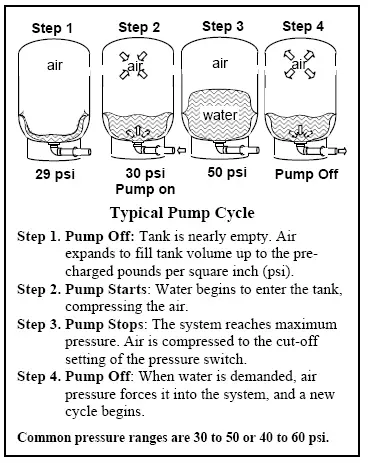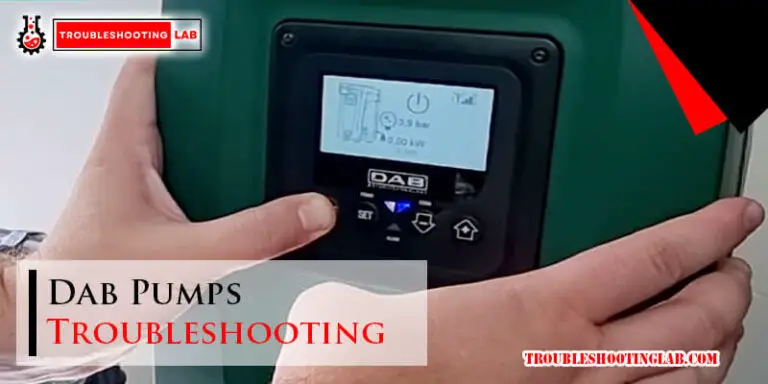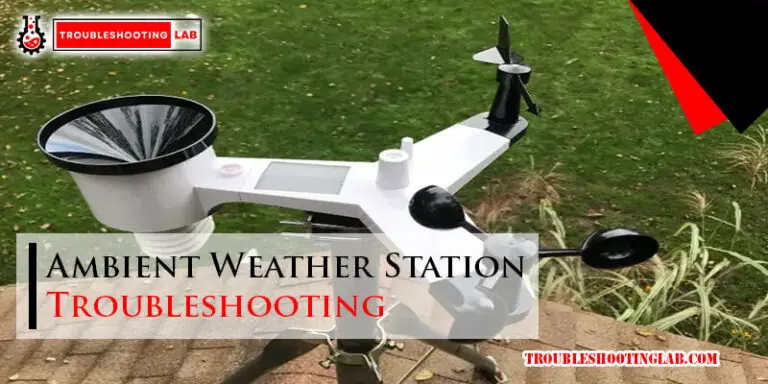Husqvarna Pressure Washer 3100 Troubleshooting: Ultimate Guide
Pressure washers are fantastic for keeping surfaces clean. But even the best models can have issues.
Owning a Husqvarna Pressure Washer 3100 means you likely enjoy its power and reliability. Yet, like any machine, it can sometimes run into problems. From engine troubles to water pressure issues, these challenges can be frustrating. Understanding common problems and their solutions can save you time and money.
This guide will help you troubleshoot your Husqvarna Pressure Washer 3100, ensuring it runs smoothly. Whether you’re dealing with leaks, starting issues, or low pressure, we’ve got you covered. Let’s dive into the most common problems and how to fix them, making sure your cleaning tasks stay on track.

Credit: www.husqvarna.com
Common Issues
The Husqvarna Pressure Washer 3100 is a reliable tool. But, like any machine, it can face common issues. Understanding these problems can save time and effort. This section will cover two frequent concerns.
No Water Flow
A common issue is no water flow. First, check the water supply. Ensure the hose is connected properly. Kinks or bends can block water. Also, inspect the inlet filter. Dirt can clog it, stopping water flow. Clean the filter if needed.
Next, examine the spray gun. Sometimes, the trigger gets stuck. Try pulling it a few times. If it remains stuck, it might need replacement. Lastly, make sure the pump is working. If the pump is faulty, it won’t push water. You might need a professional to check it.
Low Water Pressure
Low water pressure is another common problem. Start by checking the nozzle. A blocked nozzle can reduce pressure. Clean it with a needle or nozzle cleaner. Also, ensure the water supply is adequate. Low supply can cause low pressure.
Inspect the high-pressure hose for leaks. A damaged hose can lower pressure. Replace it if you find leaks. Finally, check the pump. A worn-out pump won’t maintain pressure. It might need servicing or replacement. Regular maintenance can prevent low-pressure issues.
Startup Problems
Experiencing startup problems with your Husqvarna Pressure Washer 3100 can be frustrating. These issues can often be resolved with some basic troubleshooting. In this section, we’ll cover common startup problems, such as the engine not starting or stalling.
Engine Won’t Start
Several factors might cause the engine to not start. Here are some common issues and solutions:
- Check the fuel: Ensure the fuel tank is full. Old fuel can cause problems. Replace with fresh fuel if necessary.
- Inspect the spark plug: A dirty or damaged spark plug can prevent the engine from starting. Clean or replace the spark plug.
- Examine the air filter: A clogged air filter can restrict air flow. Clean or replace the air filter.
- Verify the oil level: Low oil levels can trigger safety mechanisms. Ensure the oil level is adequate.
Engine Stalls
If the engine starts but then stalls, it could be due to several reasons. Here are a few things to check:
- Check the choke: Ensure the choke is set correctly. The choke helps the engine start and run smoothly.
- Inspect fuel lines: Blocked or damaged fuel lines can cause stalling. Clean or replace the fuel lines if needed.
- Look at the carburetor: A dirty or malfunctioning carburetor can cause stalling. Clean the carburetor or have it serviced.
- Examine the spark arrestor: A clogged spark arrestor can restrict exhaust flow. Clean or replace the spark arrestor.
By addressing these common issues, you can often resolve startup problems with your Husqvarna Pressure Washer 3100. Regular maintenance can prevent many of these problems from occurring.
Water Leaks
Water leaks are a common issue with the Husqvarna Pressure Washer 3100. They can occur for various reasons. Addressing them promptly can prevent further damage. Let’s explore some common areas where leaks may occur and how to fix them.
From Hose Connections
Leaks at hose connections often result from loose fittings. Ensure all hose connections are tight. Use a wrench to secure them if necessary. Check for worn-out O-rings in the fittings. Replace any damaged O-rings to stop leaks. Also, inspect the hose itself for any cracks or holes. Replace the hose if you find any damage.
Internal Leaks
Internal leaks can be more challenging to detect. Start by turning off the pressure washer. Remove the cover to inspect inside. Look for water pooling inside the unit. Check seals around the pump and other internal components. Worn seals can lead to internal leaks. Replace any faulty seals to resolve the issue. If the problem persists, it may require professional repair.
Nozzle And Spray Problems
Experiencing nozzle and spray problems with your Husqvarna Pressure Washer 3100 can be frustrating. These issues can affect the efficiency of your cleaning tasks. Understanding and troubleshooting these problems can save time and ensure a smoother operation.
Clogged Nozzles
Clogged nozzles are a common issue. Dirt, debris, or mineral deposits can block the nozzle. This blockage reduces water flow and pressure. Regular cleaning of the nozzle prevents clogs. Use a nozzle cleaning tool or a small needle. Insert it into the nozzle tip to clear any debris.
Soak the nozzle in a cleaning solution if the clog persists. A mix of water and vinegar works well. This helps dissolve any mineral deposits. Always rinse the nozzle thoroughly before reattaching it.
Inconsistent Spray Patterns
Inconsistent spray patterns are another common problem. A worn or damaged nozzle can cause this issue. Inspect the nozzle for any signs of wear. Replace it if necessary. A bent or misaligned nozzle also affects the spray pattern.
Check the connections between the hose and nozzle. Loose connections can lead to spray issues. Tighten any loose fittings. Ensure the hose is not kinked or twisted. This can also affect water flow and spray pattern consistency.
Pump Issues
The Husqvarna Pressure Washer 3100 is a powerful machine. Yet, it can face issues. One common problem is with the pump. The pump is crucial for the washer’s performance. Let’s look at two common pump issues: pump overheating and pump making noise.
Pump Overheating
Pump overheating can cause serious damage. It might stop the washer from working. Here are some signs and solutions:
- Hot to touch: If the pump is very hot, it is overheating.
- Low water flow: Overheating can reduce water flow.
Solutions:
- Check water supply: Make sure there is enough water.
- Use proper nozzle: A wrong nozzle can cause overheating.
- Let it cool: Turn off the washer and let the pump cool.
Pump Making Noise
Pump noise can indicate a problem. It can be annoying and harmful. Here are some common causes and fixes:
- Air in the pump: Air bubbles can cause noise.
- Worn-out parts: Old parts can be noisy.
Solutions:
- Bleed the pump: Remove air by running water through it.
- Check for leaks: Fix any leaks in the system.
- Replace parts: Change worn-out parts with new ones.
Taking care of these pump issues can keep your Husqvarna Pressure Washer 3100 running smoothly. Regular maintenance is key. Follow these tips for a longer-lasting washer.

Credit: www.youtube.com
Fuel System Troubles
The Husqvarna Pressure Washer 3100 is a powerful machine. But sometimes, it can face fuel system troubles. These issues can affect the performance of your pressure washer. Understanding the common problems can help you fix them quickly. Let’s dive into some of the common fuel system troubles.
Fuel Leaks
One of the most common issues is fuel leaks. A fuel leak can cause your pressure washer to lose power. Leaks can happen due to a damaged fuel line or a loose connection. To check for leaks:
- Inspect the fuel line for cracks or damage.
- Check the connections at both ends of the fuel line.
- Ensure the fuel tank cap is tight and in good condition.
If you find any damage, replace the faulty parts immediately. Use a clean cloth to wipe away any spilled fuel.
Dirty Fuel Filter
A dirty fuel filter can also cause problems. The fuel filter keeps dirt and debris out of the fuel system. Over time, it can get clogged. A clogged filter restricts fuel flow, leading to poor performance. Follow these steps to clean or replace the fuel filter:
- Locate the fuel filter, usually near the fuel tank.
- Remove the filter carefully.
- Check for dirt or blockage.
- Clean the filter with a solvent or replace it if necessary.
- Reinstall the filter securely.
Keeping the fuel filter clean ensures the smooth operation of your pressure washer.
| Problem | Cause | Solution |
|---|---|---|
| Fuel Leaks | Damaged fuel line, loose connections | Inspect and replace parts |
| Dirty Fuel Filter | Clogged with dirt or debris | Clean or replace filter |
By addressing these common fuel system troubles, you can keep your Husqvarna Pressure Washer 3100 running smoothly.
Electrical Problems
Having trouble with your Husqvarna Pressure Washer 3100? Electrical issues can be frustrating. But don’t worry, we’re here to help. This section will guide you through common electrical problems. Let’s dive into the details.
Faulty Wiring
Faulty wiring can cause many issues with your pressure washer. Check for any visible damage to the wires. Frayed or broken wires can lead to power loss. Use a multimeter to test the continuity of the wires.
Here are the steps to inspect the wiring:
- Turn off the power supply.
- Open the casing to access the wires.
- Look for any damaged or disconnected wires.
- Use a multimeter to check for electrical continuity.
Replace any damaged wires immediately. Ensuring proper wiring helps maintain the performance of your pressure washer.
Blown Fuses
Blown fuses are another common electrical problem. A blown fuse disrupts the power flow. This results in your pressure washer not working.
Follow these steps to check for blown fuses:
- Unplug the pressure washer from the power source.
- Locate the fuse box, usually near the power cord.
- Open the fuse box and inspect the fuses.
- If a fuse looks burnt or broken, it needs replacement.
Replace the blown fuse with one of the same rating. Ensure the pressure washer is unplugged before replacing the fuse. This will avoid any potential electrical hazards.
Regularly checking and replacing fuses can prevent many electrical issues. Keep a few spare fuses on hand for quick fixes.
By addressing these electrical problems, you can keep your Husqvarna Pressure Washer 3100 running smoothly. Remember, safety first!
Maintenance Tips
Proper maintenance of your Husqvarna Pressure Washer 3100 ensures it works efficiently. Regular care also prolongs its lifespan. Here are some easy maintenance tips to keep your machine in top shape.
Regular Cleaning
Clean your pressure washer after each use. Remove any debris or dirt from the machine. Pay special attention to the nozzle and hose. Dirt can clog these parts and reduce water pressure. Use a soft brush to remove stubborn dirt from the nozzle. Rinse the machine with clean water to remove any soap residue.
Scheduled Inspections
Inspect your pressure washer regularly. Check for any signs of wear or damage. Look at the hoses, seals, and connections. Replace any damaged parts immediately. Check the oil level if your model requires it. Low oil can damage the engine. Check the air filter and clean or replace it if necessary.

Credit: www.husqvarna.com
Frequently Asked Questions
Why Won’t My Husqvarna Pressure Washer 3100 Start?
The engine might lack fuel, oil, or spark. Check fuel levels, oil, and spark plug condition.
Why Is My Husqvarna Pressure Washer 3100 Losing Pressure?
Dirty or clogged nozzles can cause pressure loss. Clean or replace the nozzles to fix the issue.
How Do I Fix A Leaking Husqvarna Pressure Washer 3100?
Check hoses and connections for damage. Tighten or replace any faulty parts to stop the leak.
What Should I Do If My Pressure Washer 3100 Shuts Off Unexpectedly?
Overheating can cause shutdowns. Ensure proper ventilation and check for blockages in the air filter.
How Do I Clean The Nozzle On My Husqvarna Pressure Washer 3100?
Remove the nozzle and use a small brush to clean it. Rinse with water before reattaching.
Conclusion
Fixing your Husqvarna Pressure Washer 3100 can be straightforward. Follow the steps given. Regular maintenance helps prevent issues. Simple checks often solve problems quickly. Always ensure proper care and storage. This prolongs your washer’s life. Consult the manual for specific guidance.
Troubleshoot with patience and attention. Your washer will perform efficiently. Enjoy clean surfaces with ease. Happy cleaning!

